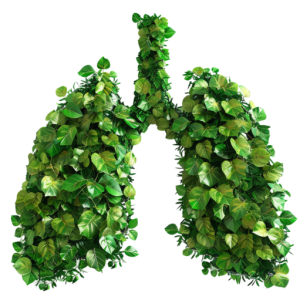Diagnosing aspergillosis can be tricky as its symptoms often overlap with other respiratory conditions. Here’s a breakdown of common diagnostic methods:
1. Medical History & Physical Exam:
Thorough medical history: Your doctor will delve into your symptoms, any existing lung conditions (asthma, cystic fibrosis), recent travel history (mold exposure), and immunosuppressive conditions (if any).
Physical examination: This may reveal signs of infection, such as fever, rapid breathing, or abnormal lung sounds.
For in-depth see: Checking your medical history and physical exam for Aspergillosis
2. Imaging Tests:
Chest X-ray: Can detect abnormalities in the lungs, like cavities or masses.
CT scan: Provides more detailed lung images, helping pinpoint the infection’s extent and location.
3. Laboratory Tests:
Sputum culture: A sample of your sputum (mucus coughed up from the lungs) can be stained and examined under a microscope to look for the presence of Aspergillus filaments (fungal threads).
PCR (Polymerase Chain Reaction) PCR can be used to detect Aspergillus DNA in sputum, which can be a more sensitive method than culture
Blood tests:
Aspergillus antibody tests: Detect antibodies in the blood, indicating an allergic reaction to the fungus (common in ABPA).
These tests look for antibodies in your blood that your immune system produces in response to Aspergillus.
- IgE Antibodies: Elevated levels of IgE antibodies, especially those specific to Aspergillus, can indicate an allergic reaction to the fungus, particularly in the case of allergic bronchopulmonary aspergillosis (ABPA).
- IgG and IgM Antibodies: These antibodies can also be detected in blood samples to assess exposure to Aspergillus
Galactomannan test: Measures a specific molecule produced by Aspergillus, which is helpful in diagnosing invasive aspergillosis. The test involves collecting a blood sample or bronchoalveolar lavage (BAL) fluid, which is a sample of fluid collected from the lungs during a bronchoscopy. The sample is then sent to a laboratory, where the presence of galactomannan is detected using a special test.
Bronchoscopy: A thin, flexible tube with a camera is inserted through the nose or mouth into the airways to examine the lungs directly and collect tissue samples for biopsy.
4. Other Tests:
Skin prick test: Similar to allergy tests for other conditions, this can help diagnose allergic bronchopulmonary aspergillosis (ABPA).
Biopsy: A small tissue sample is taken from the affected area (lungs, sinuses) and examined under a microscope for the presence of Aspergillus.
Important Note:
Diagnosis can be complex and may require a combination of these tests.
Early and accurate diagnosis is crucial for effective treatment and preventing complications.
Disclaimer: This information is for general knowledge and educational purposes only and does not constitute medical advice. Consult with a qualified healthcare professional for any health concerns or before making any decisions regarding your health or treatment.
“I wish it need not have happened in my time,” said Frodo.
“So do I,” said Gandalf, “and so do all who live to see such times. But that is not for them to decide. All we have to decide is what to do with the time that is given us.” – J.R.R. Tolkien









